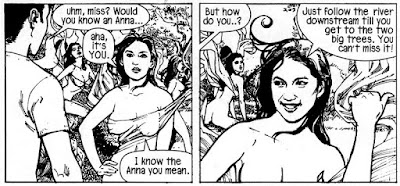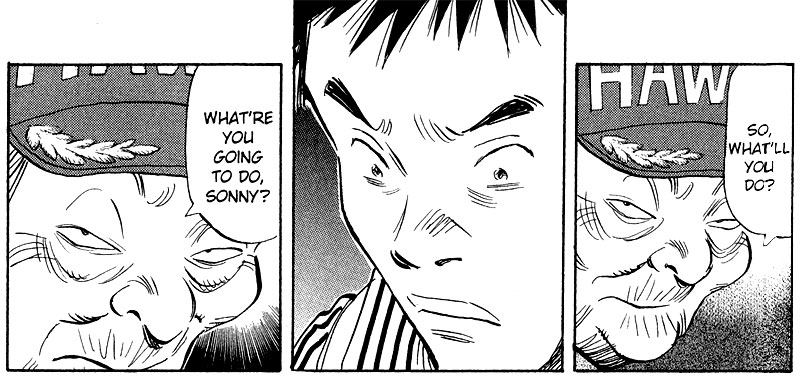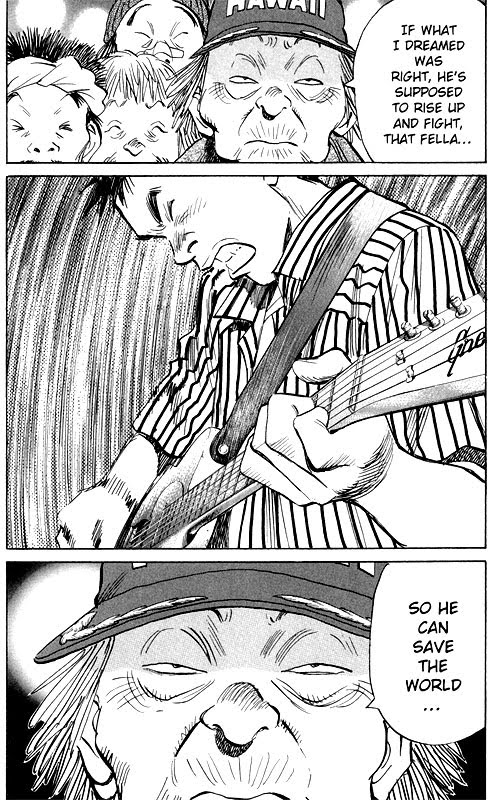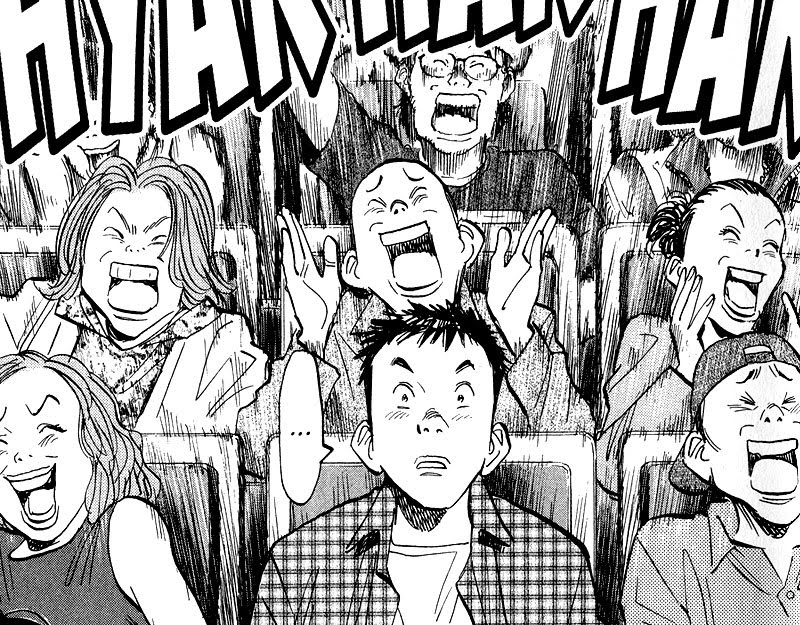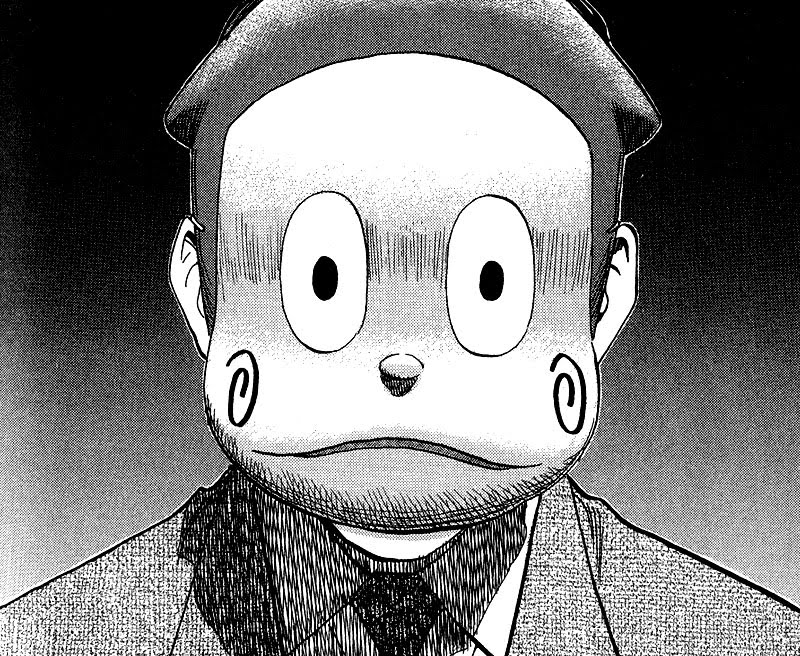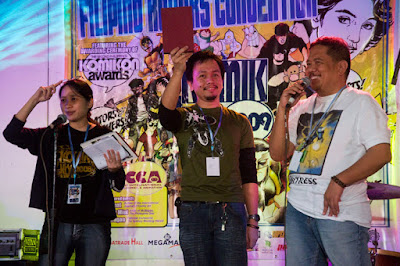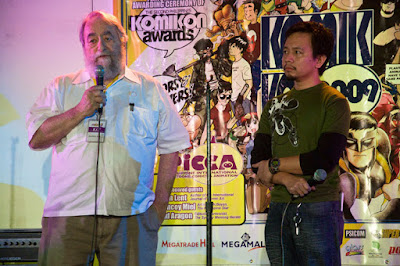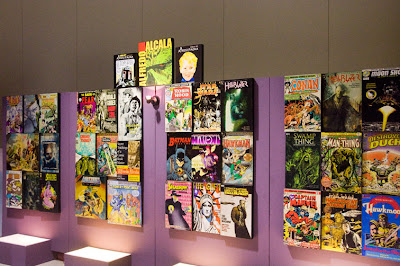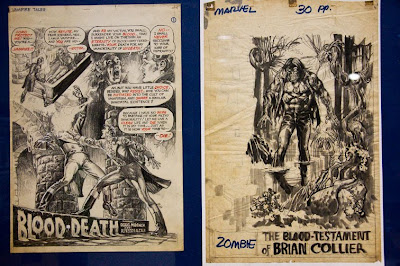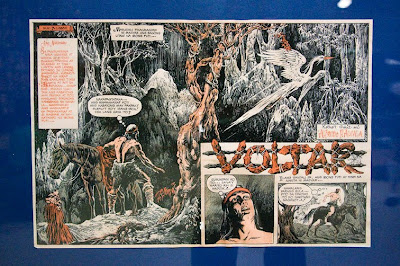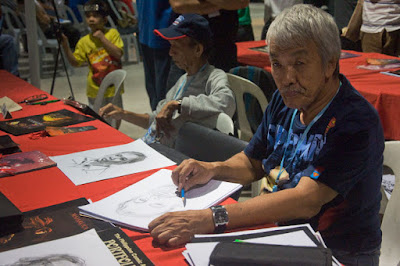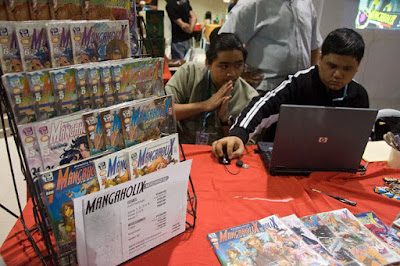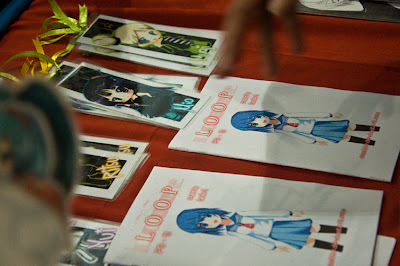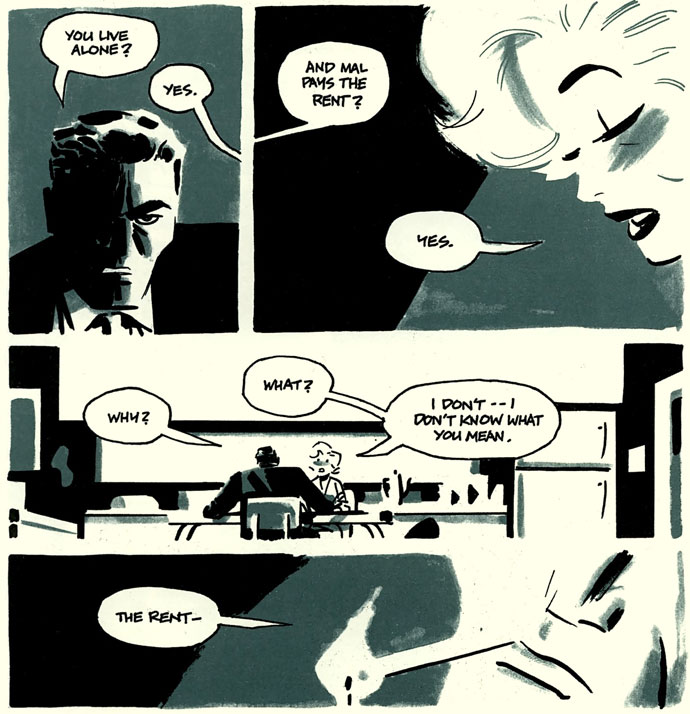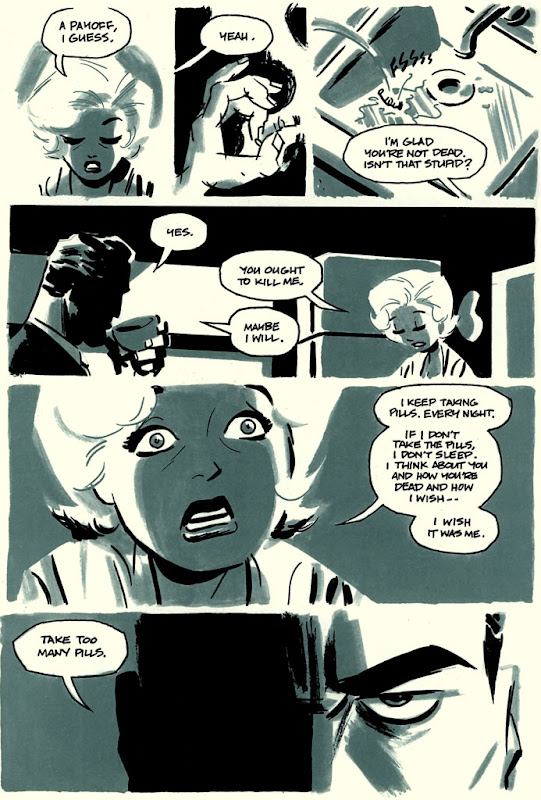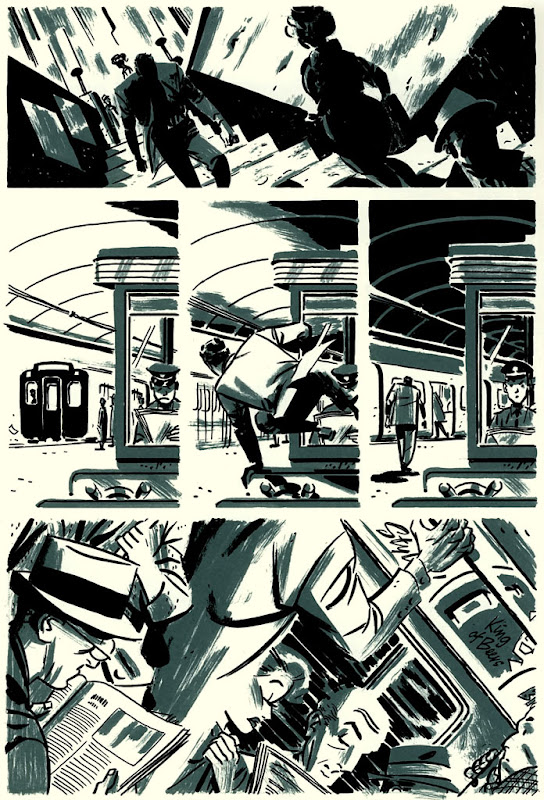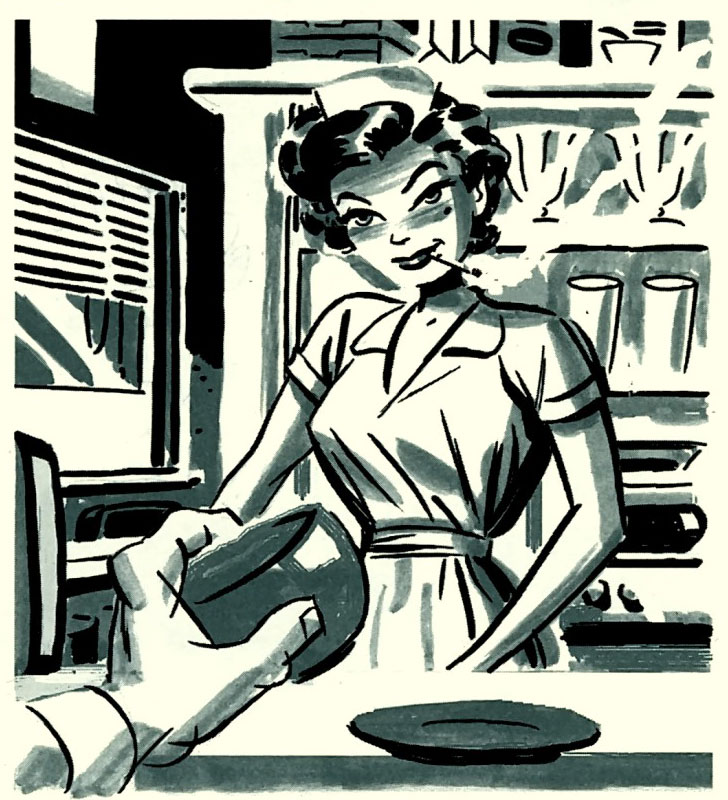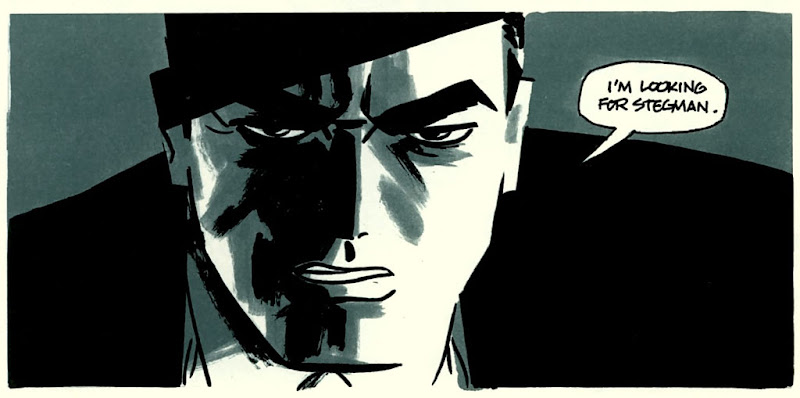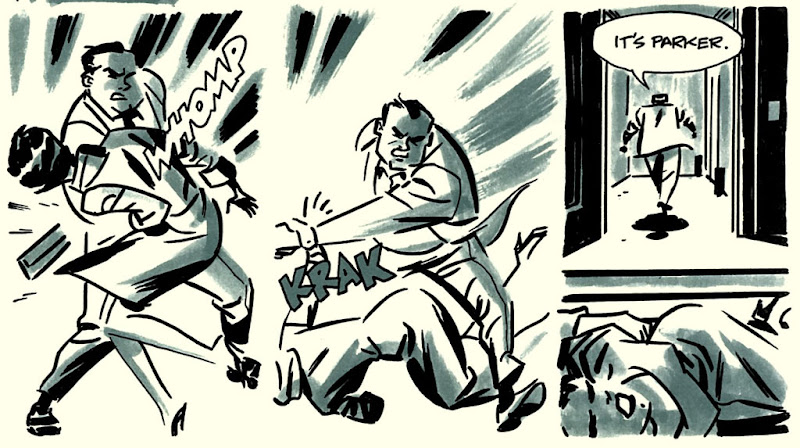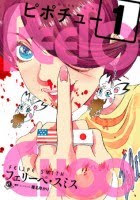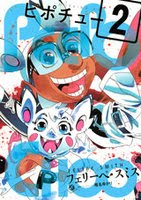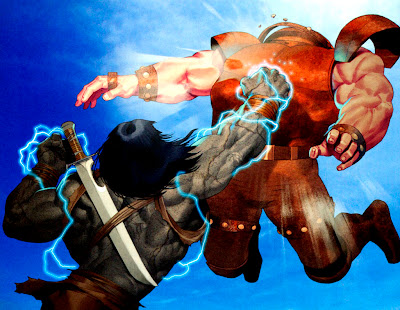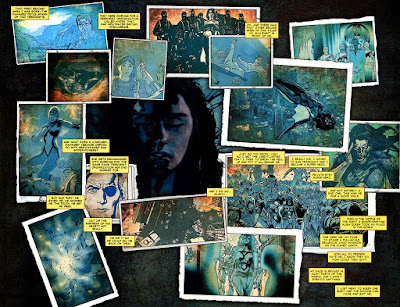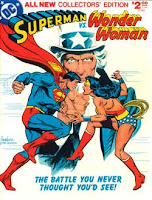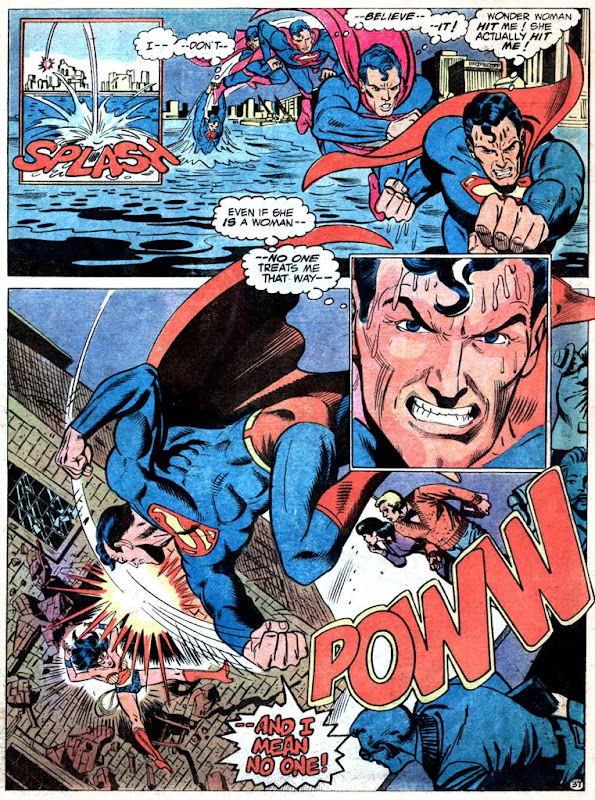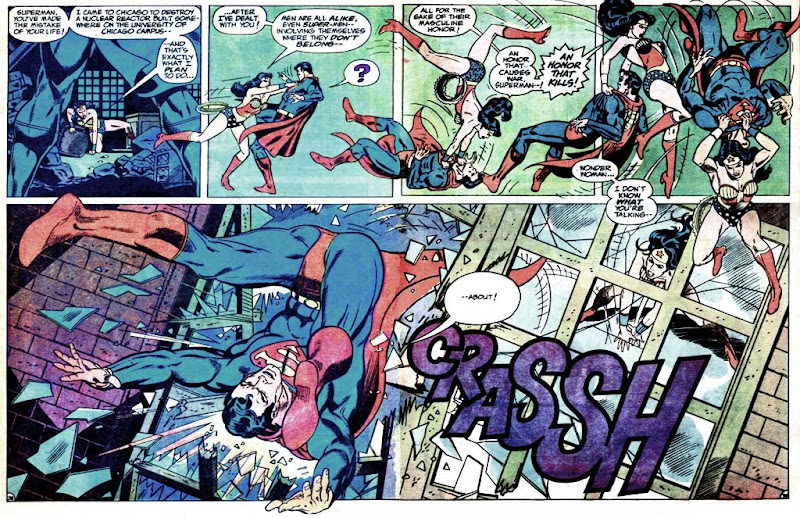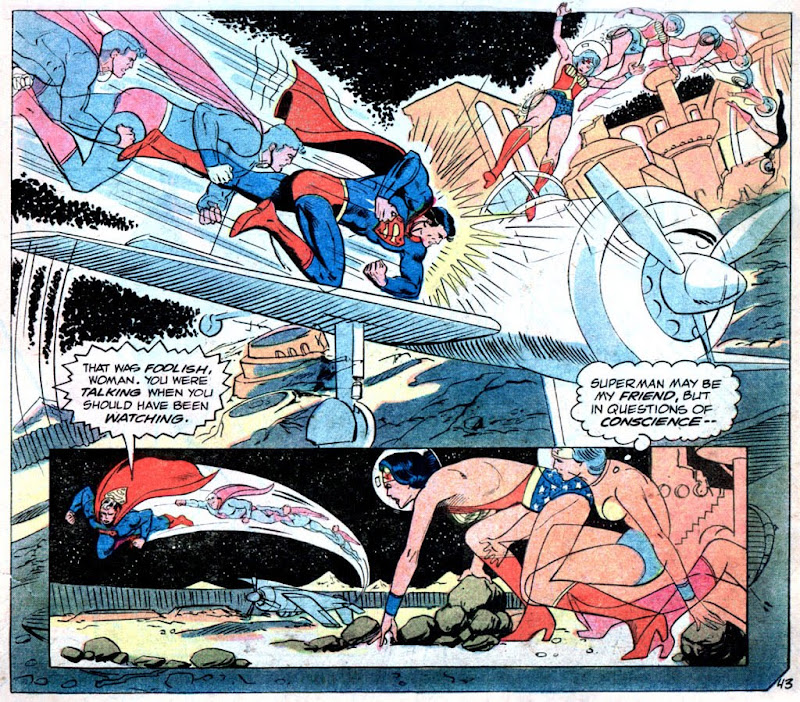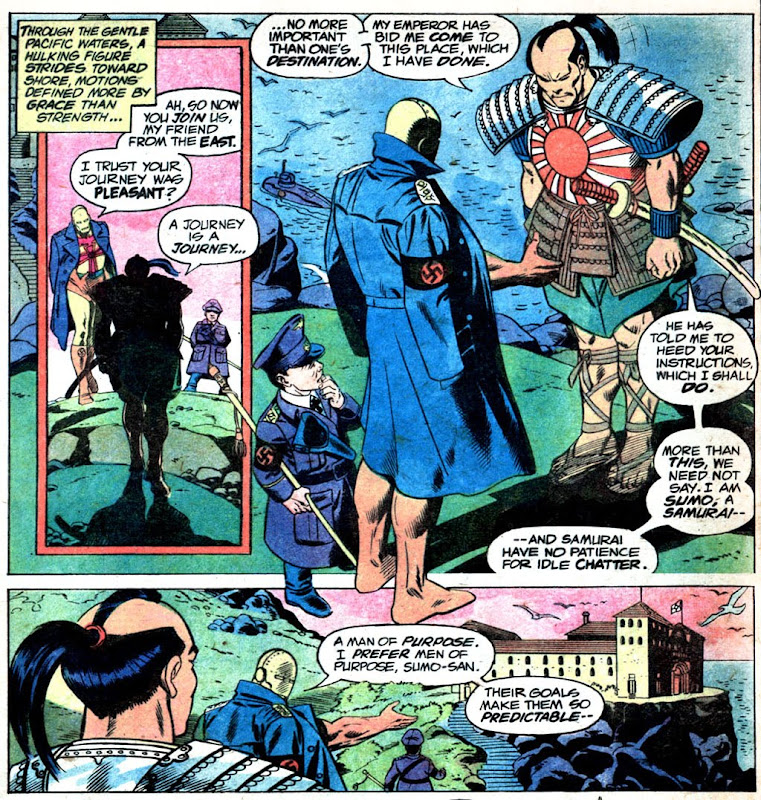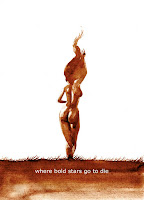 On the surface the Philippines retains a prudish attitude towards sex and public depictions of nudity. What this inevitably does is drive sexually-charged content behind its conservative facade. Since the 60s sexually oriented entertainment was labeled as "bomba" , and bomba komiks were sold on the sly. The Martial Law years initially saw a strict clampdown of the bomba genre, but this only led to a later resurgence of sexually oriented material now renamed "bold". But the bold movie genre continually faces pressure from the government body responsible for rating film and television, the Movie and Television Review and Classification Board (MTRCB), which oscillates between periods of prudery and leniency, depending on who's in charge of the agency and the presidential administration. They also have to deal with attacks from religious organizations who condemn them as immoral, particularly the powerful Catholic Church, and feminist groups criticizing the exploitative nature of many of these films.
On the surface the Philippines retains a prudish attitude towards sex and public depictions of nudity. What this inevitably does is drive sexually-charged content behind its conservative facade. Since the 60s sexually oriented entertainment was labeled as "bomba" , and bomba komiks were sold on the sly. The Martial Law years initially saw a strict clampdown of the bomba genre, but this only led to a later resurgence of sexually oriented material now renamed "bold". But the bold movie genre continually faces pressure from the government body responsible for rating film and television, the Movie and Television Review and Classification Board (MTRCB), which oscillates between periods of prudery and leniency, depending on who's in charge of the agency and the presidential administration. They also have to deal with attacks from religious organizations who condemn them as immoral, particularly the powerful Catholic Church, and feminist groups criticizing the exploitative nature of many of these films.Gerry Alanguilan is either sensing a possible backlash or simply covering his bases, because the afterward for his latest book Where Bold Stars Go To Die reads like a carefully considered preemptive defense:
"I think it's high time that people realize that comics has grown up in the last 20 years. People are making comics for adults now. Oh yeah, that's right. Comics are no longer just for kids, and to us in the comics industry, this is old news. This comic book is not for immature reading. That goes for children and adults with immature sensibilities.I personally think it's a bit embarrassing that this even has to be said at all.
The emotional and intellectual well being of children are the responsibility of the parents. It is their job to teach their children what they believe is wrong and what is right. That is not my job. My job is to write and draw stories, and to let myself go where that creativity takes me. That is my job as an artist. That is my reason for being. Do not pass that responsibility of raising your children to me, and to us artists as a whole..."
WBSGTD is part comic, part pin-up gallery drawn by various Filipino comics artists. There is a mood throughout the entire book of arguing for a legitimate Filipino erotic comic art tradition, even drafting komiks legend Francisco V. Coching to make its case. But the 32 page story is a rather somber and all too earnest effort: A young man becomes fascinated with an 80s bold star who has since vanished into obscurity. It develops into such a powerful obsession that he somehow enters into some kind of collective unconscious where faded bold stars retain their youth and cavort in sun dappled forests. He then has an ecstatic encounter with a perfect vision of his idol. It feels like it's meant to be a beautiful, cathartic, even spiritual experience. But to me it just comes across as cliched as it sounds. If one of the goals is to show that it's OK for Filipinos to illustrate erotic subject matter, then the story succeeded. But there has to be much better ways of demonstrating that comics have grown up than telling this banal kind of juvenile wish fulfillment that ultimately cops out rather than deal with the emotional consequences of having sex with an actual person.
Even on the level of one callow youth's overblown crush on a media starlet, the story fails to connect because of the inability to observe the admonition "Show, don't tell." In the beginning, the protagonist's voice-over narration compares his object of desire to that of an angel. But the art isn't evocative enough to create the same impression. And when he finally meets her, she's physically indistinguishable from all the other pneumatically built bold stars inhabiting that spiritual plane. Even worse, she lacks any clear personality that could be accepted as remotely intriguing. There's nothing that differentiates her from the rest of the competition except the protagonist's declaration of her beauty.
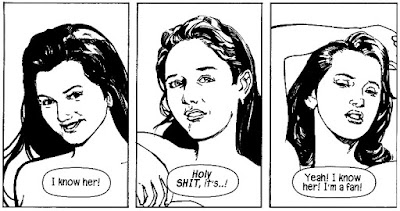
The story art supplied by neophyte comics artist Arlanzandro C. Esmeña is of professional, if workmanlike, caliber. A lot of it looks photo referenced, particularly the likenesses of the bold stars. While this isn't as problematic for illustration work, it sometimes produces comics figures that appear flat, posed, and lifelessly static. Indeed the attention to accurate detail tends to inhibit the flow from panel to panel. The line work can be too tight and inorganic in places, particularly in continuously portraying natural-looking facial expressions. In contrast, the cover art he supplies has the grace and understated eroticism missing in the interior art. The pin-up art is mostly supplied by artists who draw in an American superhero vein. Two notable exceptions are Brice Beckham of Mr. Belvedere fame, and Arnold Arre who supplies pin-ups with cartoony, vaguely manga-style, lolicon figures. Not surprisingly the overall results are pretty, and emotionally removed from the subject.
